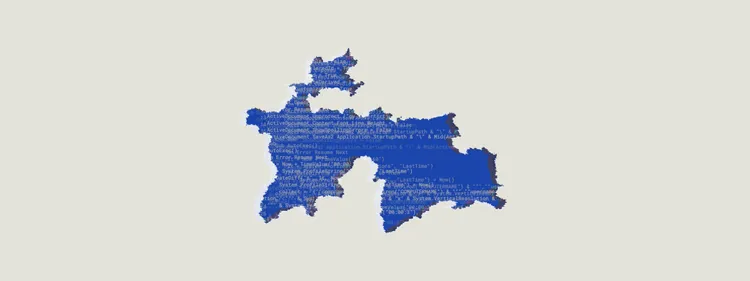- Platform Overview
A single platform to enable organization-wide decision making — get comprehensive, real-time, and unbiased threat intelligence to identify what matters most.
- Book a Demo
- Explore on-demand demos
- Try our free tools
- View trending vulnerabilities
- Why Recorded Future
Discover why the world’s leading organizations trust Recorded Future to help identify and mitigate threats.
- Our Story
- Customers and case studies
- In the news
- Services Overview
Maximize your intelligence investment at every stage of the journey with our dedicated onboarding and enablement programs, advisory resources, and on-demand support, training, and practitioner community.
- Insikt Group® Research
Insikt Group® is Recorded Future’s threat research division, comprising analysts and security researchers with deep government, law enforcement, military, and intelligence agency experience.
- Threat Intelligence Reports
- Threat Briefings
- Resources Overview
Discover an array of threat intelligence resources at Recorded Future.
- Blog
- Events
- Webinars
Platform Features
Intelligence Graph®
Analyze and detect emerging threats with data from 1M+ global sources.Collective Insights®
Enrich data from security tools with threat intelligence to uncover patterns in detections.Integrations & APIs
Connect your security stack through pre-built integrations and flexible APIs.Recorded Future AI
Interact with the Intelligence Graph® with AI Conversations, AI Reporting, and AI Insights.
Use Cases
Ransomware Mitigation
Prevent ransomware threats across every stage of the attack lifecycle.Exposure Management
Continuously monitor exposure points that can be exploited by adversaries.Security Workflow Automation
Eliminate manual tasks to focus on higher-value intelligence work.Supply Chain Risk Mitigation
Monitor and detect global vendor risk.Digital Risk Protection
Safeguard your brand, identities, and other business-critical assets.
Services
Managed Monitoring
Extend and enhance your security team with threat intelligence experts.Intelligence Services
Strengthen your intelligence program with integration and advisory services.Analyst on Demand
Get custom intelligence reports, briefings, and training from in-house expert analysts.
Know What Matters
For Customers
Recorded Future Blog
No results found.


